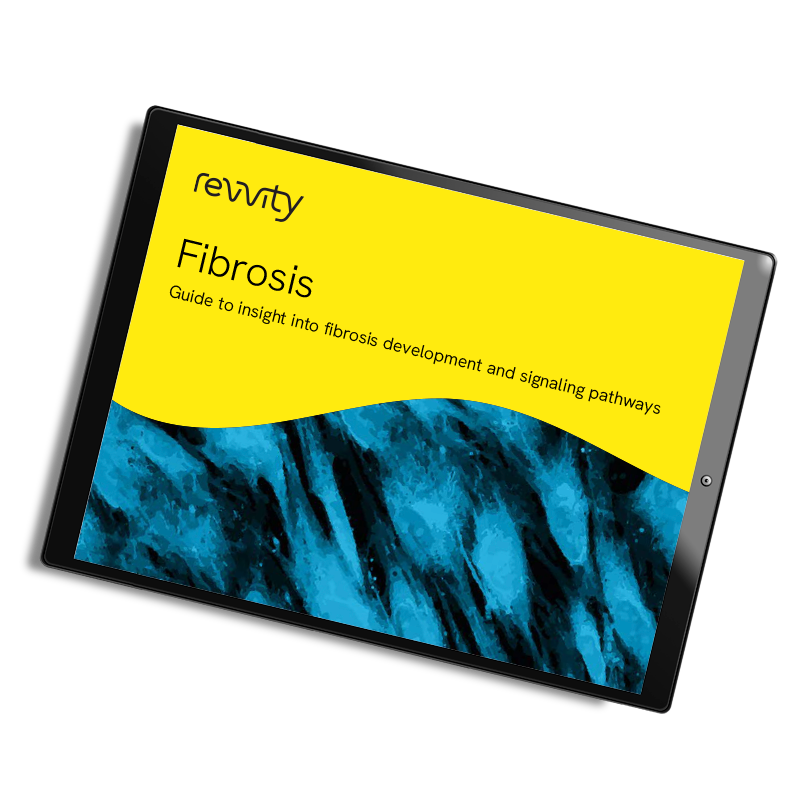Fibrosis is a main contributor to a wide range of organ failures which stems from a mis-regulation of inflammation in response to injury. Fibrosis occurs when the long-term remodeling and removal of ECM suffers from a higher production than removal rate. This event is associated with chronic inflammation, which keeps myofibroblasts active for extended periods, thus making them and their ECM protein secretion the main effectors of pathological fibrosis.
This guide is intended to help scientists and researchers appreciate and navigate the cellular and signaling actors of the development of fibrotic pathologies and disorders.
- Review the fundamentals of fibrosis as a process.
- A look at TGF-β1 signaling pathways as therapeutic approaches for fibrotic disorders.
- Insight into immune cell types involved and treating and reversing progressive.

